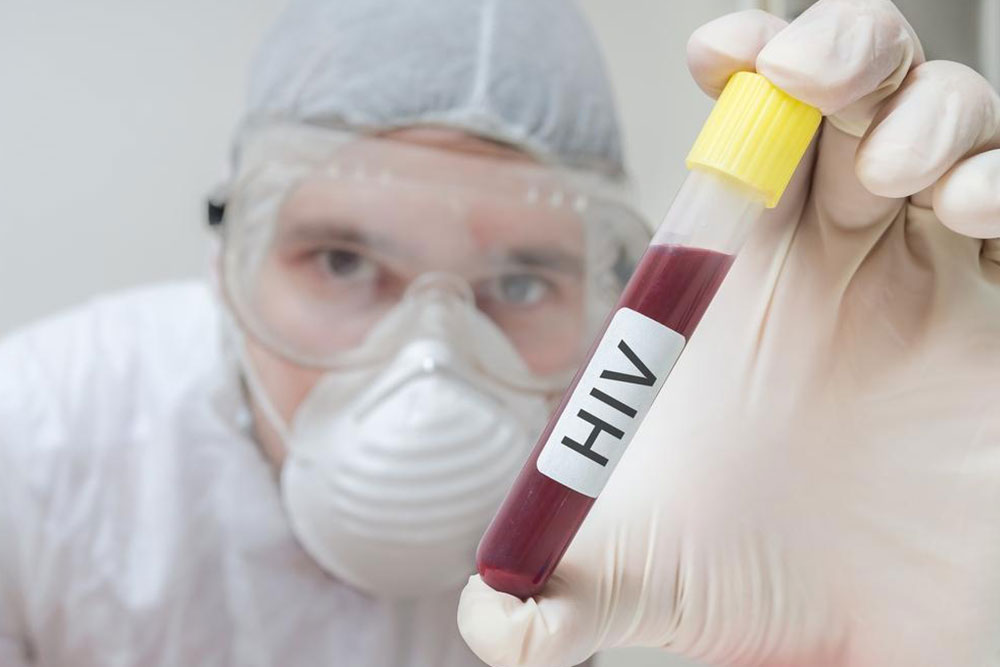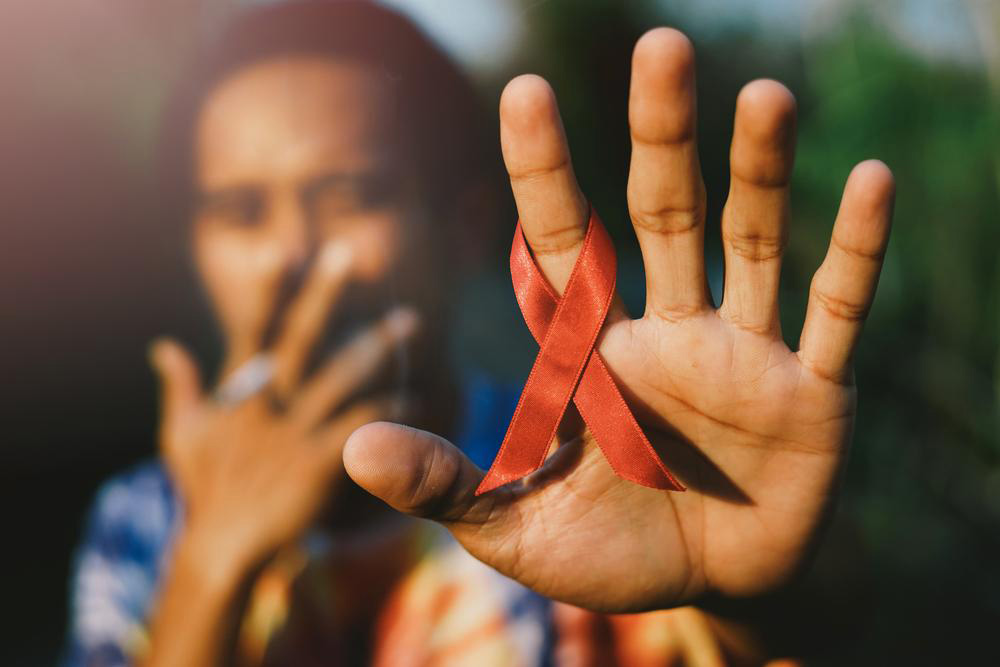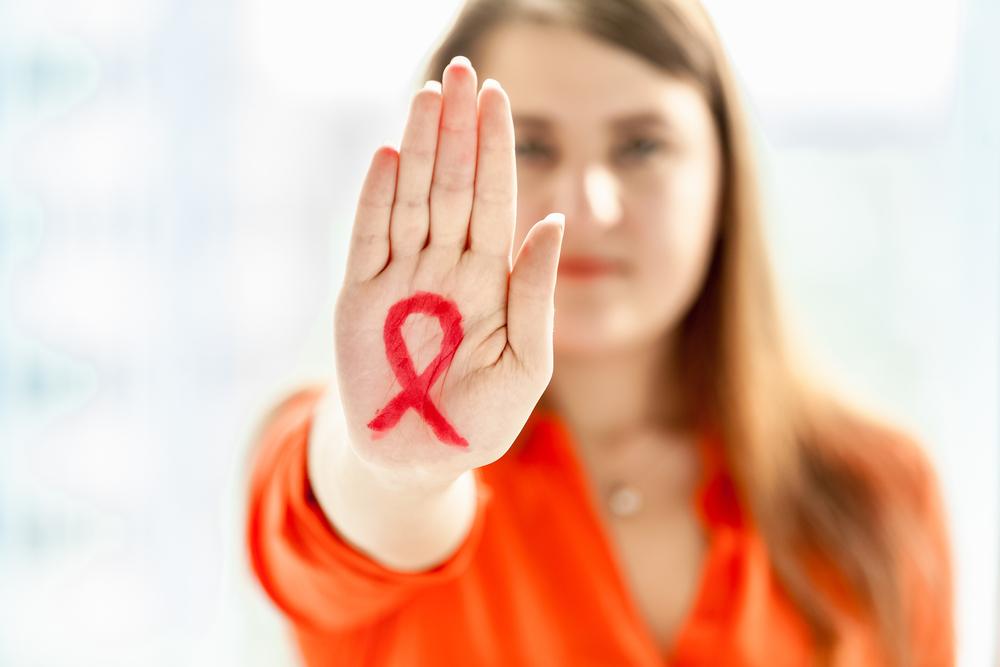In-Depth Review of HIV Treatment Options and Support in the United States
This comprehensive article explores HIV treatment options in the United States, highlighting advances in antiretroviral therapy, government programs like Medicaid and Ryan White, prevention initiatives, and the importance of early diagnosis and treatment adherence. It emphasizes efforts to increase access, reduce transmission, and improve the quality of life for individuals living with HIV. The article provides an extensive overview of medical, social, and policy strategies shaping HIV management today, underscoring the nation's commitment to ending the epidemic.

An In-Depth Review of HIV Treatment Strategies and Support Systems in the United States
The United States continues to face the challenge of HIV, with over 1.2 million individuals living with the virus across the country. Each year, roughly 50,000 new cases are diagnosed, underscoring the ongoing need for effective treatment and prevention strategies. Over recent decades, medical advances—most notably in antiretroviral therapy (ART)—have revolutionized the management of HIV, transforming it from an often fatal disease into a chronic, manageable condition. This progress owes much to rigorous research, innovative drug development, and comprehensive healthcare policies that aim to improve patient outcomes and minimize transmission.
Today, a broad array of HIV medications have received approval from the U.S. Food and Drug Administration (FDA). Patients and healthcare providers can access detailed information about these drugs through resources like the AIDS info database, as well as through dedicated mobile applications designed to support treatment adherence and education. These tools ensure that both clinicians and individuals living with HIV have the latest information on medication options, side effects, and interactions, facilitating safer and more effective treatment plans.
In parallel with pharmaceutical advancements, the U.S. government has intensified its commitment to combating HIV through various research initiatives, drug trials, and innovative care strategies. Federal agencies continuously evaluate and update treatment guidelines to ensure that individuals diagnosed with HIV begin treatment promptly, ideally immediately after diagnosis. Early initiation of ART is critical in suppressing the viral load, preventing disease progression, and reducing the risk of transmission to others.
Economic barriers often pose challenges to accessing treatment, especially for uninsured or underinsured populations. To address this, numerous programs have been established, including Medicaid expansions under the Affordable Care Act and the Ryan White HIV/AIDS Program, which provides vital assistance in covering medication costs, medical services, and support. These programs aim to eliminate financial barriers, allowing infected individuals to maintain consistent treatment regimens, which is crucial for viral suppression and overall health.
Prevention remains a cornerstone of the national HIV response. Health authorities employ a variety of initiative-driven approaches such as the High-Impact Prevention (HIP) strategy, which focuses on reaching populations less likely to get tested or treated. Routine testing is strongly recommended by federal guidelines to promote early detection, enabling timely initiation of therapy and reducing the spread of the virus within communities.
Despite the high cost of some treatments, the government, private insurers, and community organizations continue to explore options to make therapies more accessible. These efforts include providing free or subsidized medications, expanding coverage plans, and supporting adherence programs. Participation in clinical trials offers additional benefits, including free access to investigational drugs and cutting-edge treatment options, which may not be otherwise available to the general public.
Effective management of HIV involves more than medication—it also includes comprehensive support services, such as mental health counseling, substance use treatment, and social services to address the broader determinants of health. Multidisciplinary care models and community outreach programs are vital to ensuring that individuals maintain their health, avoid opportunistic infections, and lead productive lives.
In summary, the landscape of HIV treatment in the United States is marked by significant progress and ongoing challenges. Breakthroughs in ART, increased access through public programs, and proactive prevention strategies have all contributed to better health outcomes for those living with HIV. Continued research, innovative policies, and community engagement are essential to further reduce new infections, improve the quality of life for existing patients, and eventually end the HIV epidemic in the United States.
U.S. health authorities implement comprehensive continuum care and prevention strategies, including the High-Impact Prevention initiative, to support HIV-positive individuals through effective antiretroviral treatments. Federal guidelines emphasize immediate treatment following diagnosis, and numerous programs help remove financial barriers. Medicaid expansions and the Ryan White program facilitate access to necessary medications, significantly improving quality of life. Participation in clinical trials offers additional options for free and innovative treatments, supporting the overall goal to control the epidemic and improve patient outcomes across the country.





